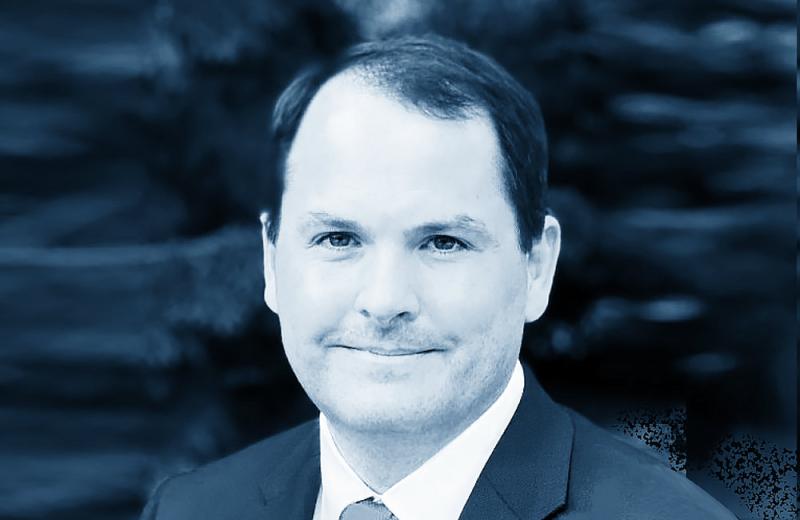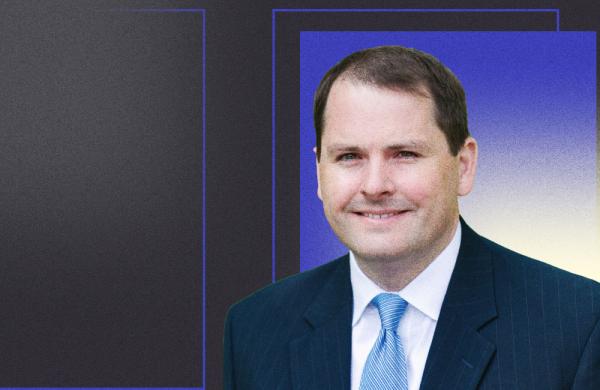It’s official: Jonathan Hook, the Harry and Jeanette Weinberg Foundation’s longtime chief investment officer, will step down in August.
David Gilmore, deputy CIO, will take his place on September 1, according to an announcement from the more than $3.3 billion foundation on Tuesday. News of Hook’s retirement was first revealed in November, according to that announcement.
Although Hook was the Weinberg Foundation’s first-ever chief investment officer, the foundation’s investment office wasn’t the first he developed.
In 2001, after a nearly two-decade career in corporate and merchant banking, Baylor University hired him to create the school’s first internal investment office. He served as chief investment officer there until 2008, when he left for a similar position at The Ohio State University. At the time, the school was the largest public university without an internal investment office, according to Hook’s LinkedIn profile.
Gilmore, meanwhile, was Ohio State’s first director of investments, coming aboard in 2009 to help Hook build out the university’s investment office. The two men departed together in 2014 to join the Weinberg Foundation, where Gilmore served as a managing director and then as deputy CIO.
After he and Hook arrived, assets at the Weinberg Foundation grew by nearly 60 percent, from $2.1 billion in 2014 to more than $3.3 billion today.
“In addition to the strategic planning that underpinned the creation of the investment office — including the foundation’s development of a team dedicated to managing the foundation’s real estate holdings in Hawai’i — we needed to quickly build new, external investment relationships and rewrite the foundation’s investment policies, all with the clear expectation of increasing returns while lowering portfolio risk and expenses,” Hook said in a statement.
“I will leave knowing that the investment team has succeeded in all of these ways and, most important, that the foundation is well-positioned to further grow its grantmaking [for] low-income and vulnerable individuals and families.”
The Weinberg Foundation recently detailed its move to create a more diverse and inclusive portfolio. The foundation has set a goal for itself that will ensure that at least 25 percent of its investment management firms are led by women or people of color by 2023. In November, Hook announced that the foundation had already surpassed that goal, and that nearly 30 percent of its investment managers are led by either women, people of color, or both.
“The entire Weinberg investment team is engaged with and committed to its diversity and inclusion initiative,” Hook wrote in November. “But the greatest success, both as a foundation and as a society, will happen when diversity and inclusion no longer must be framed as an initiative [or] a special effort.”






